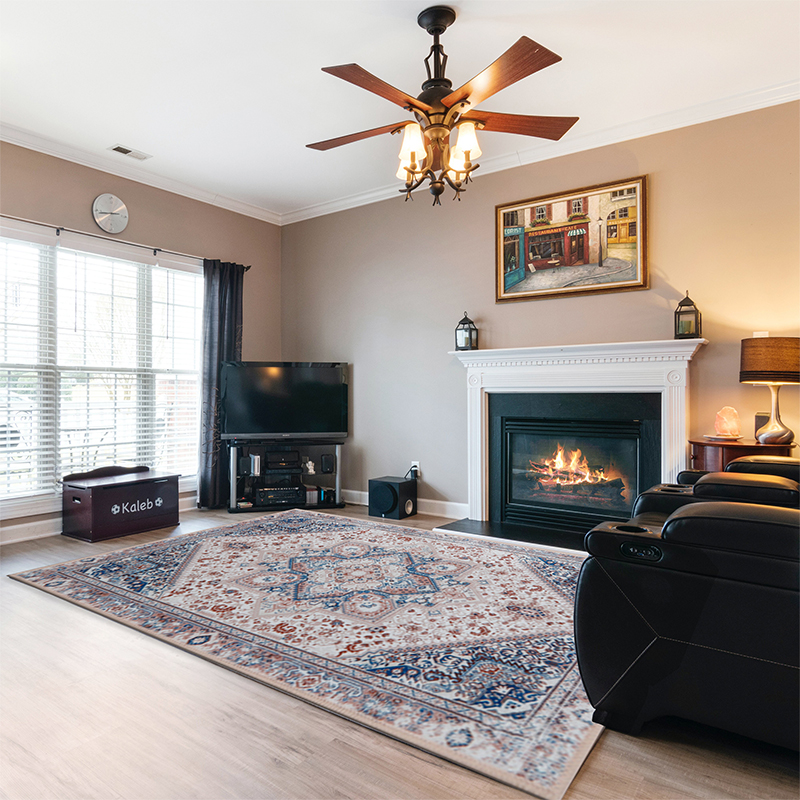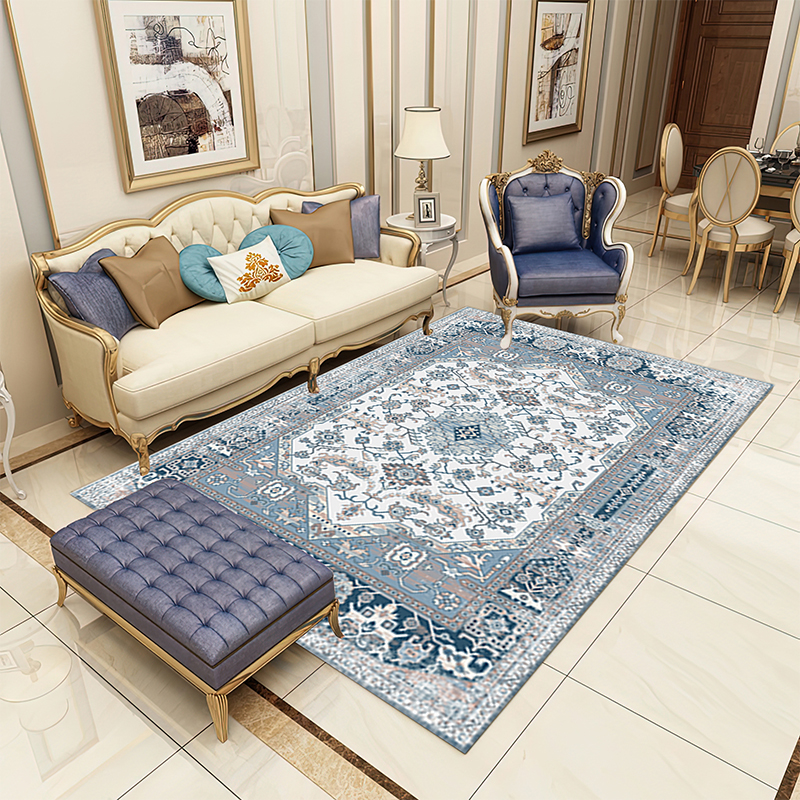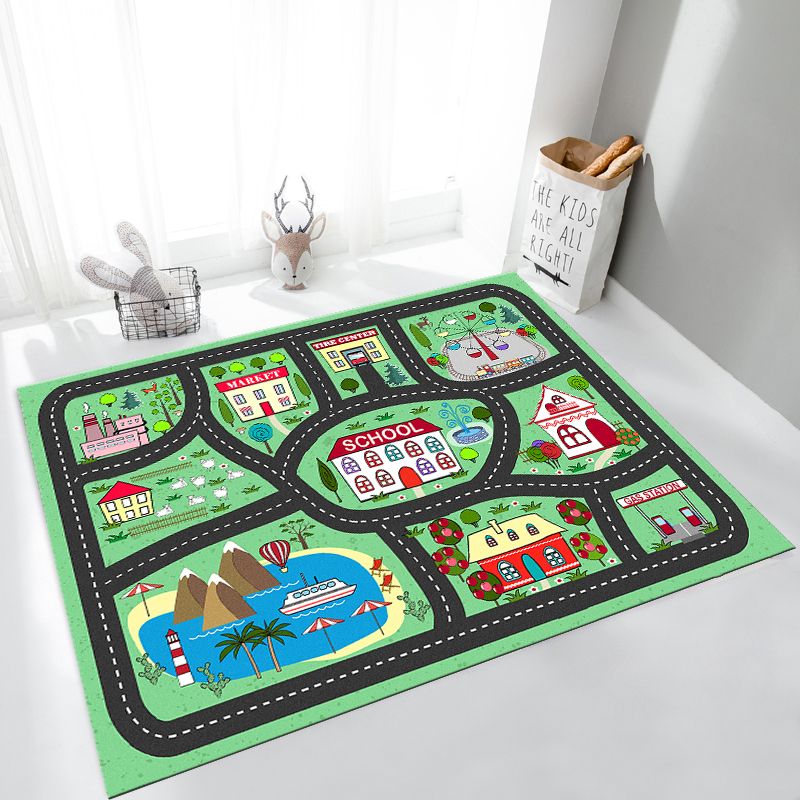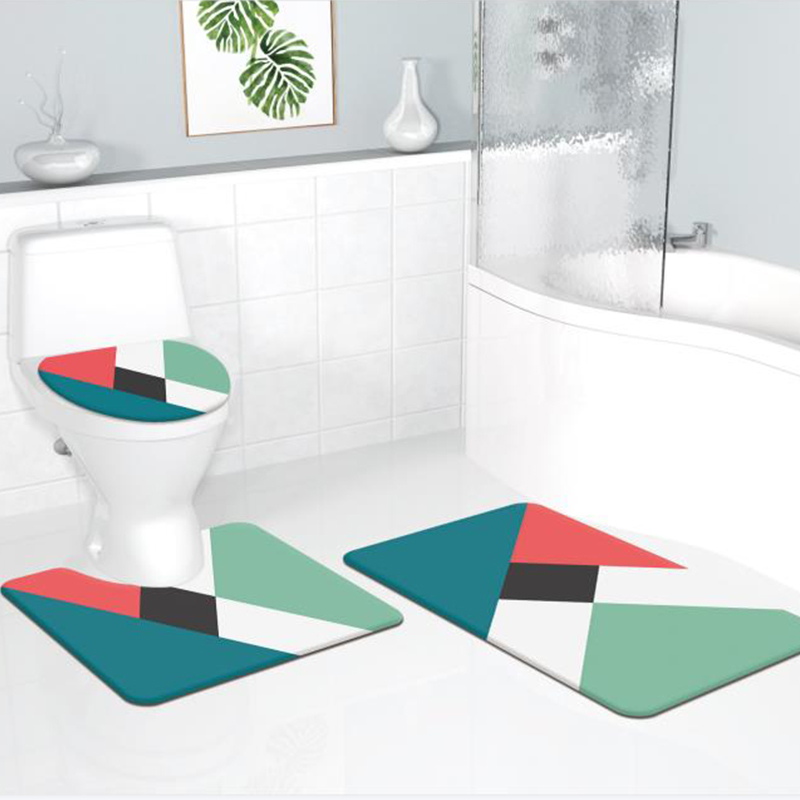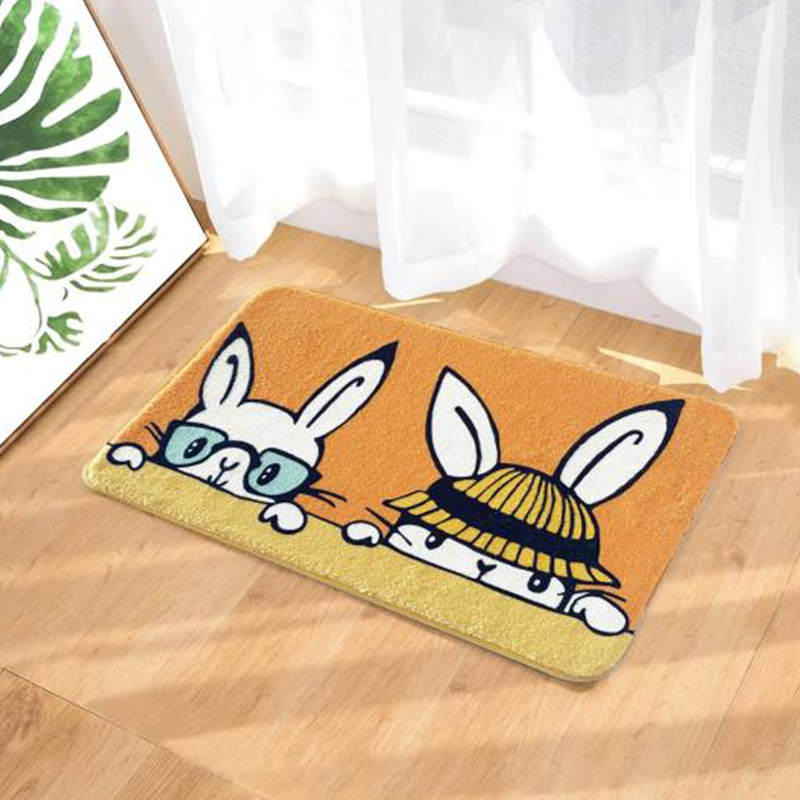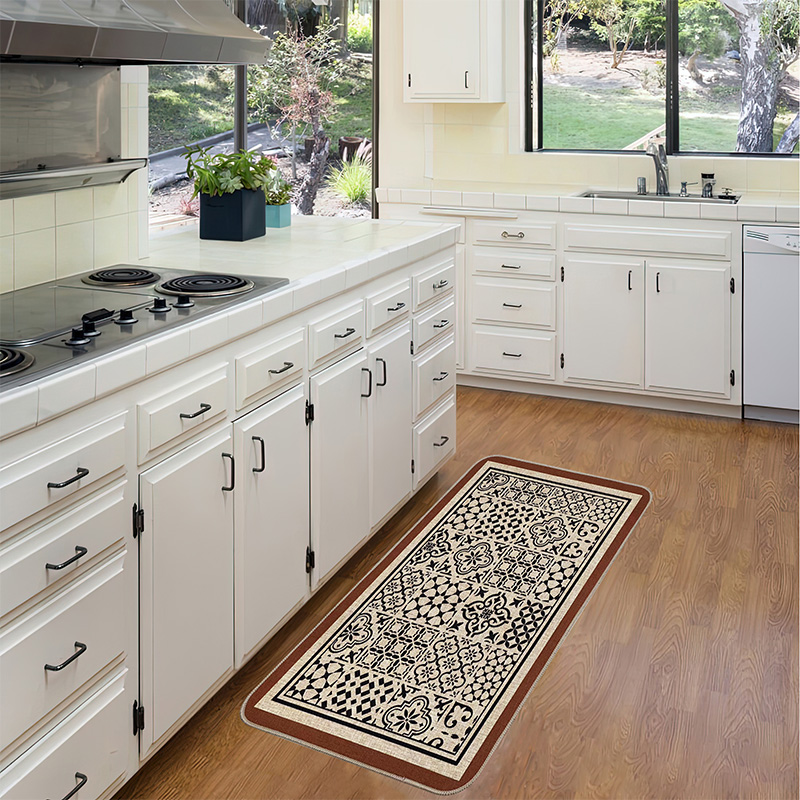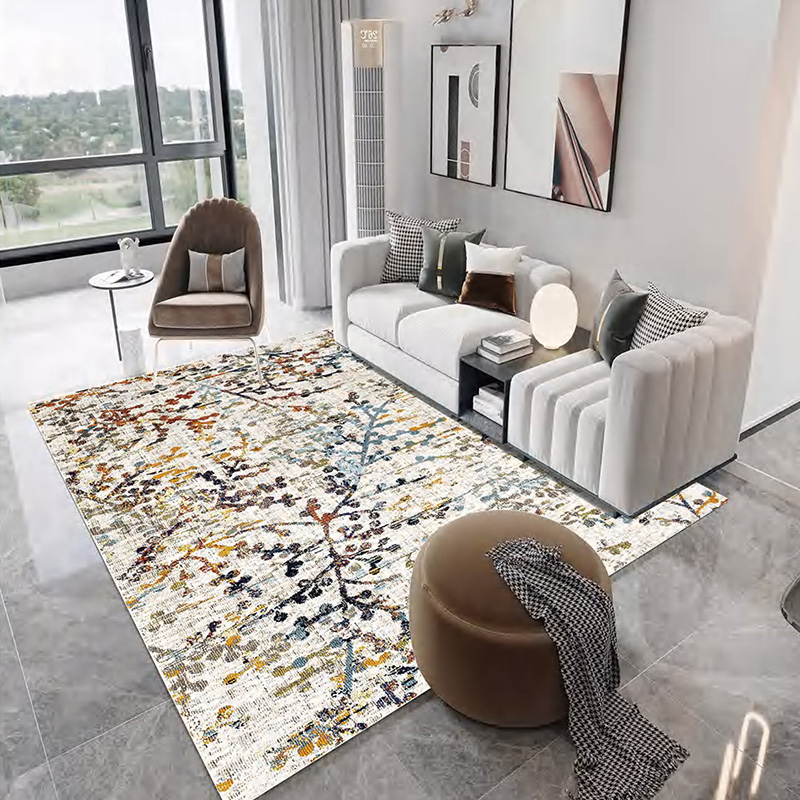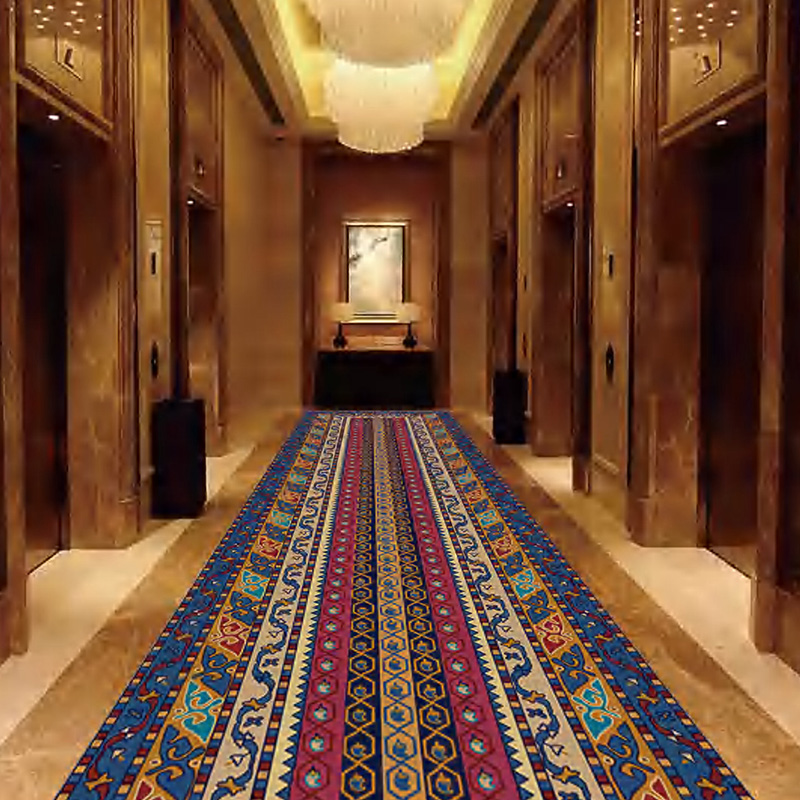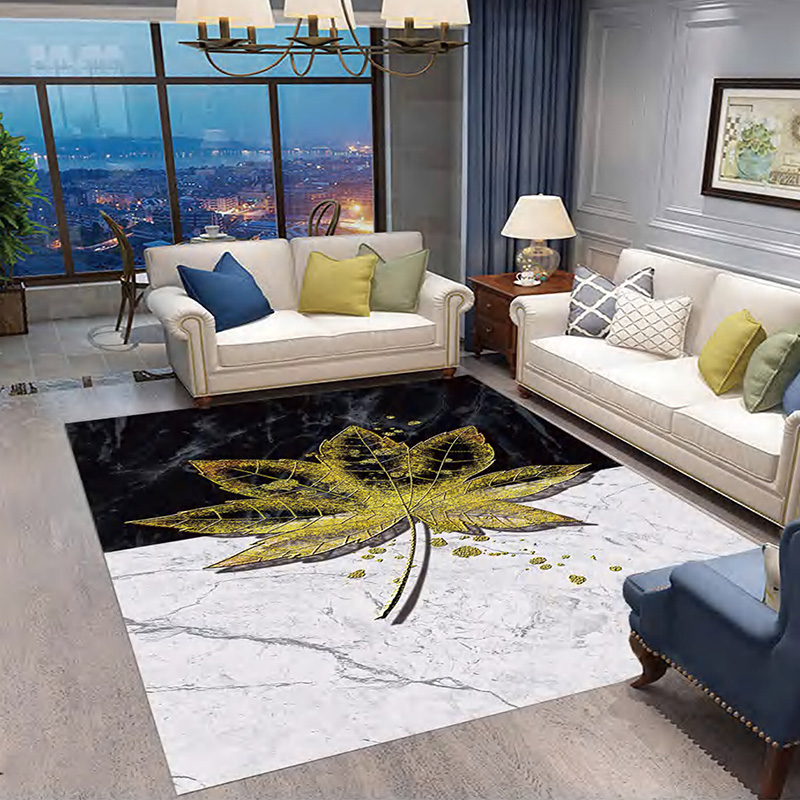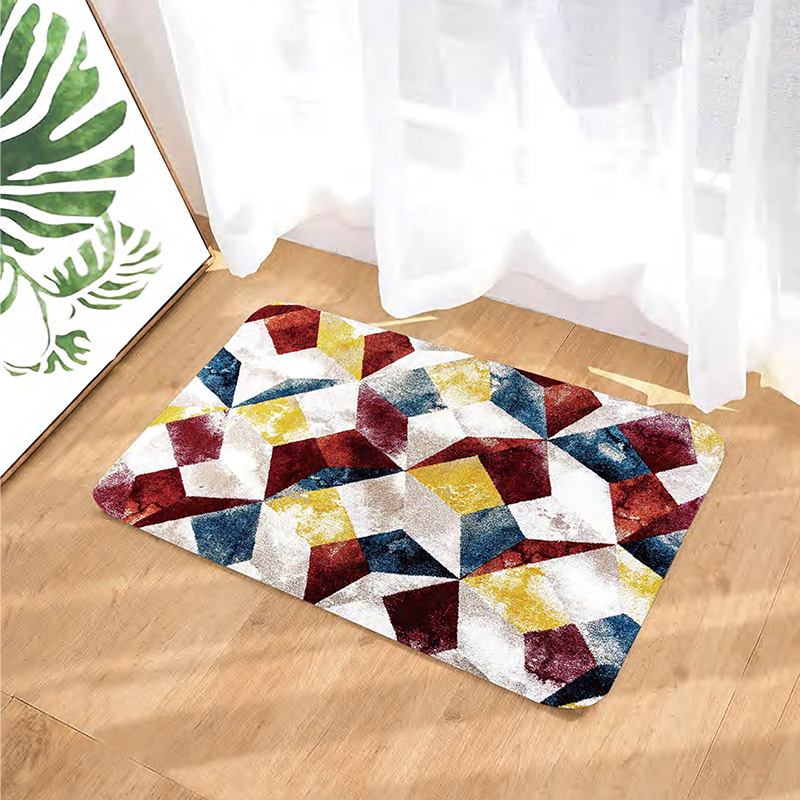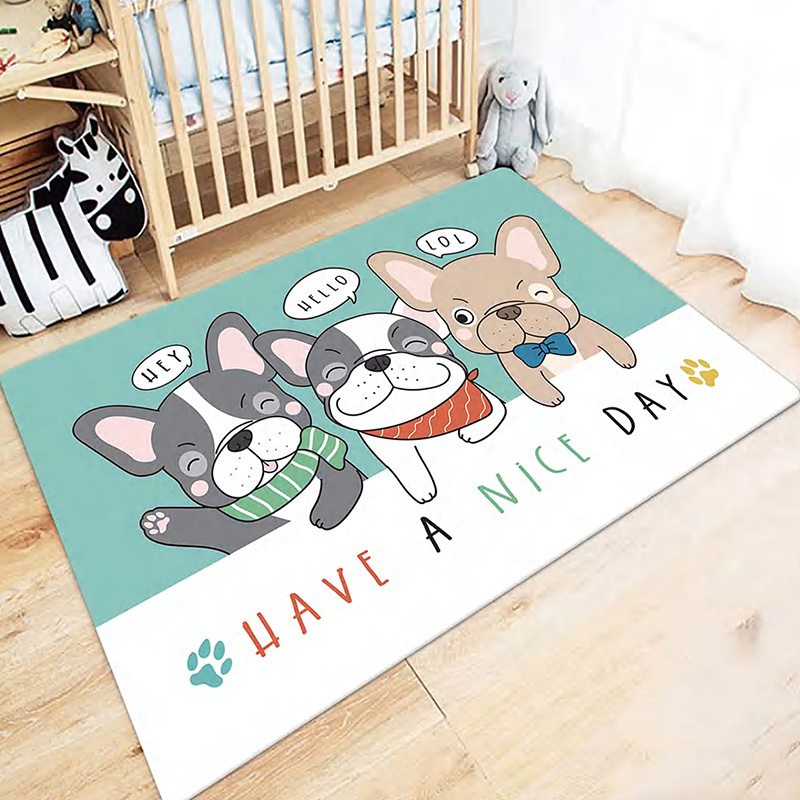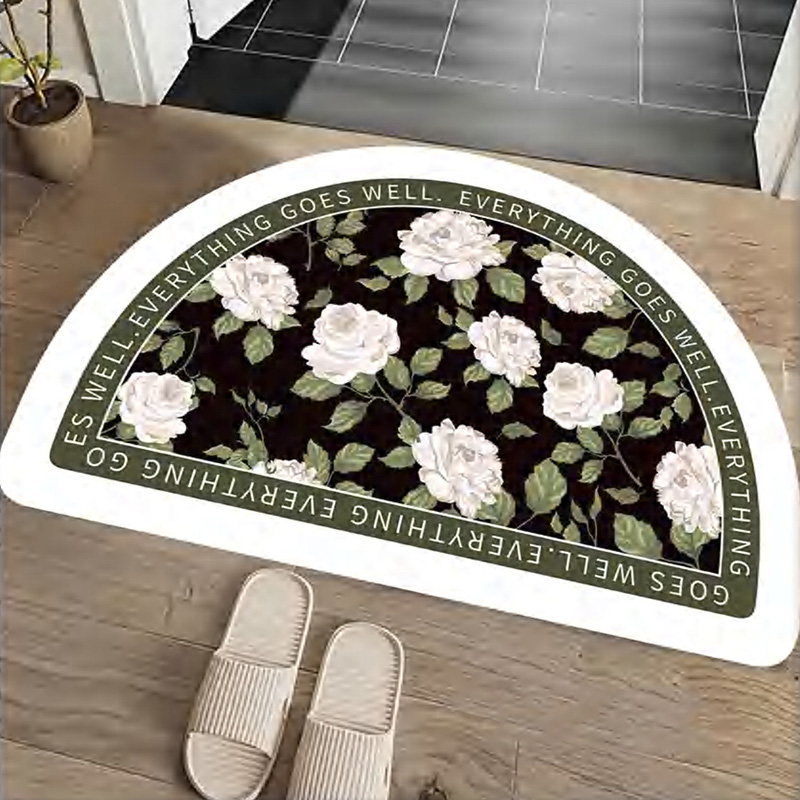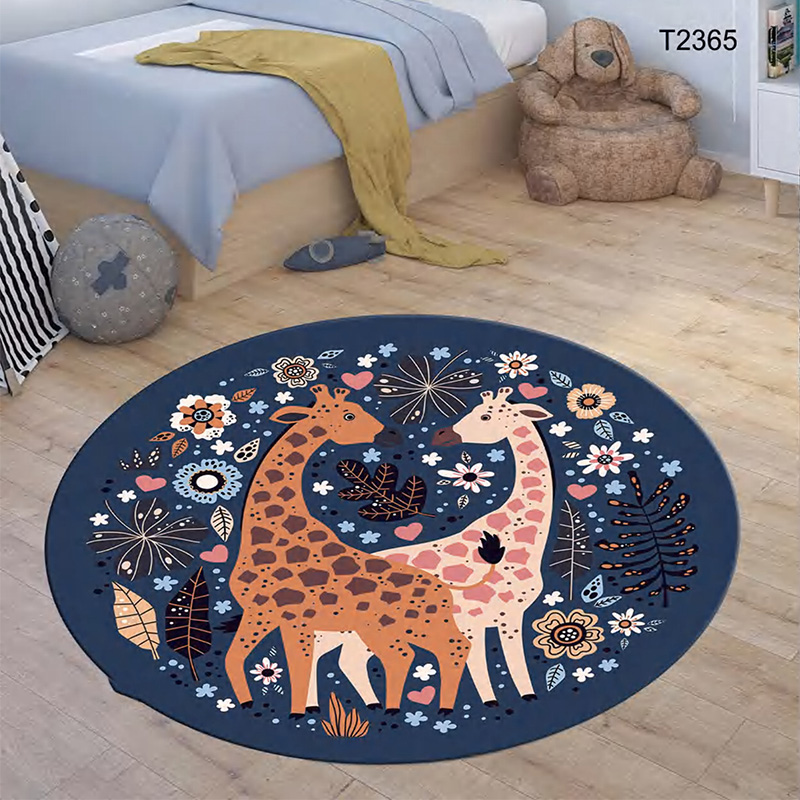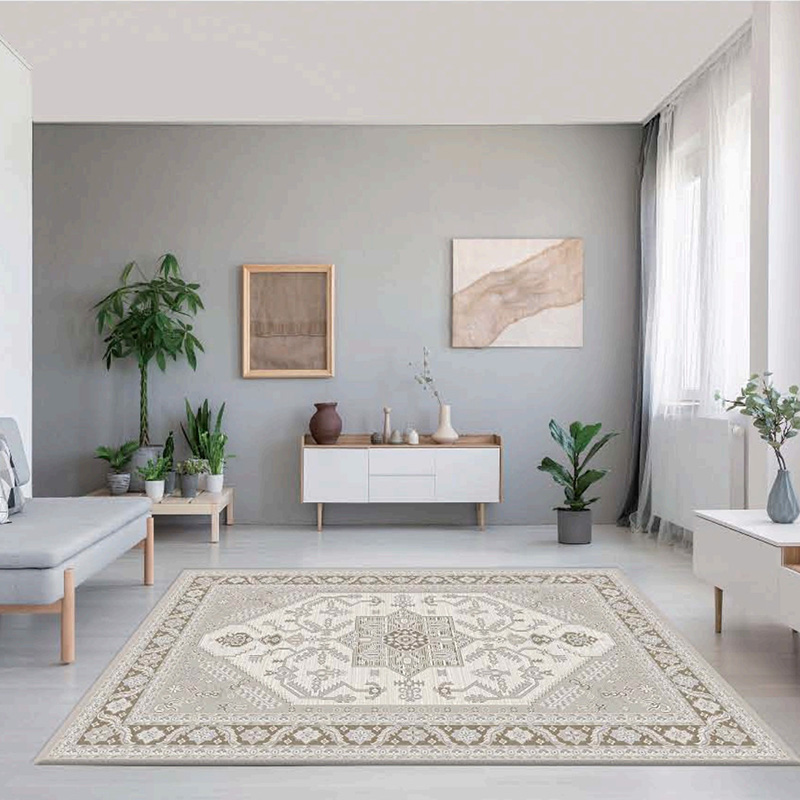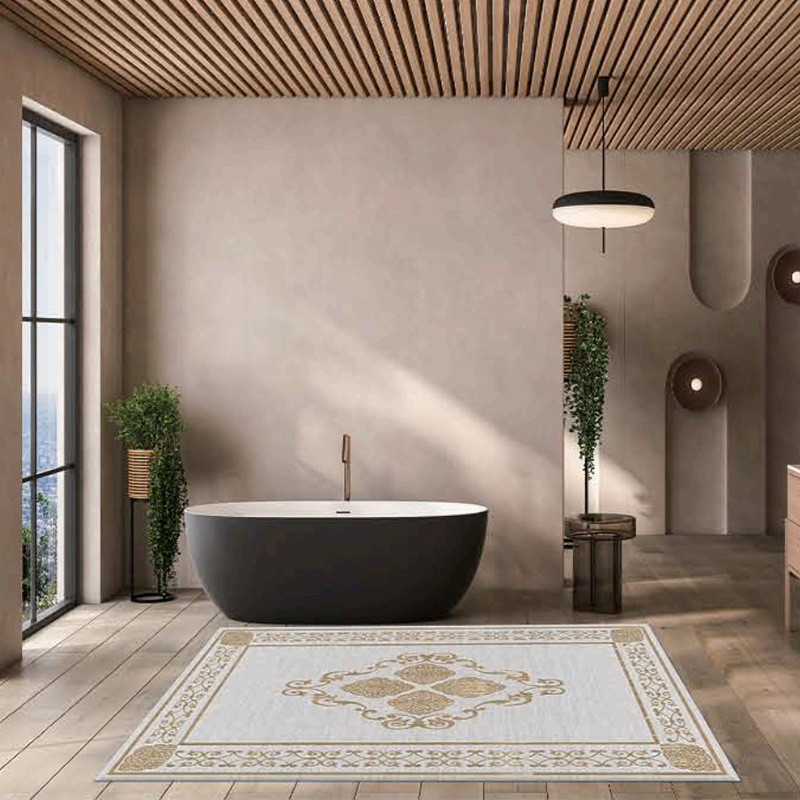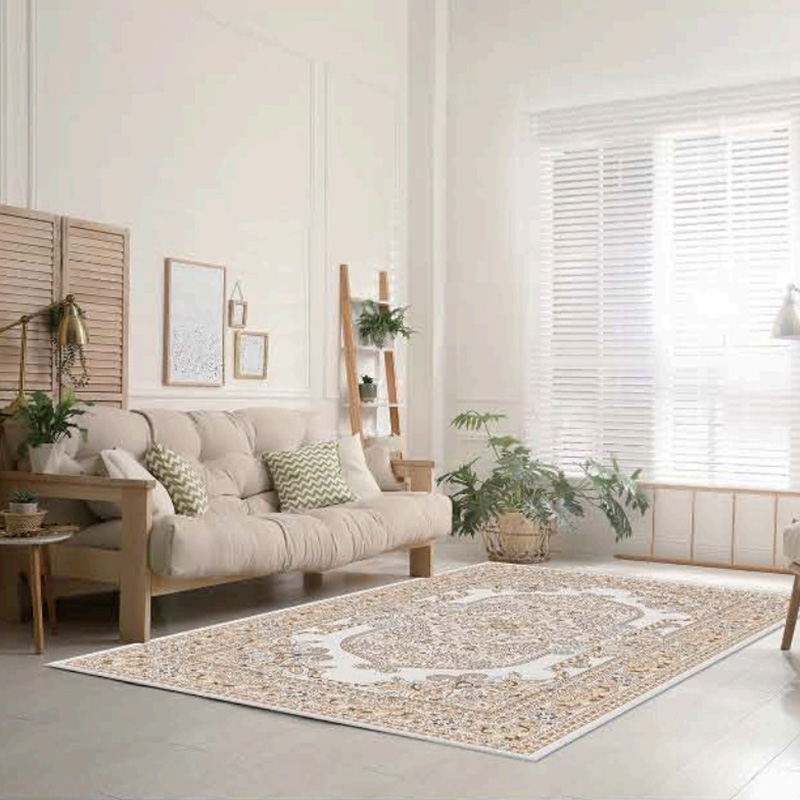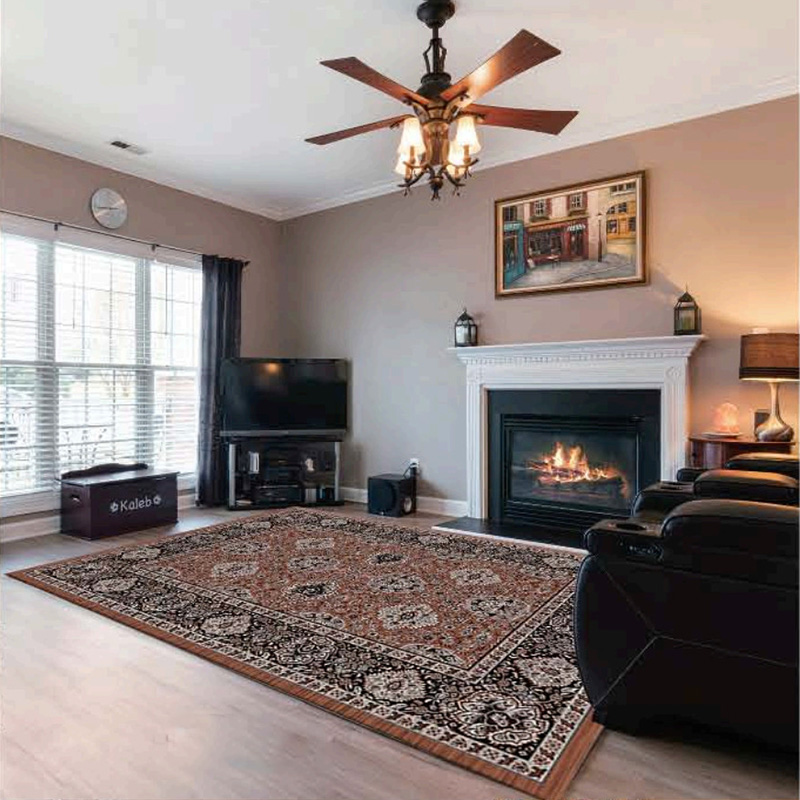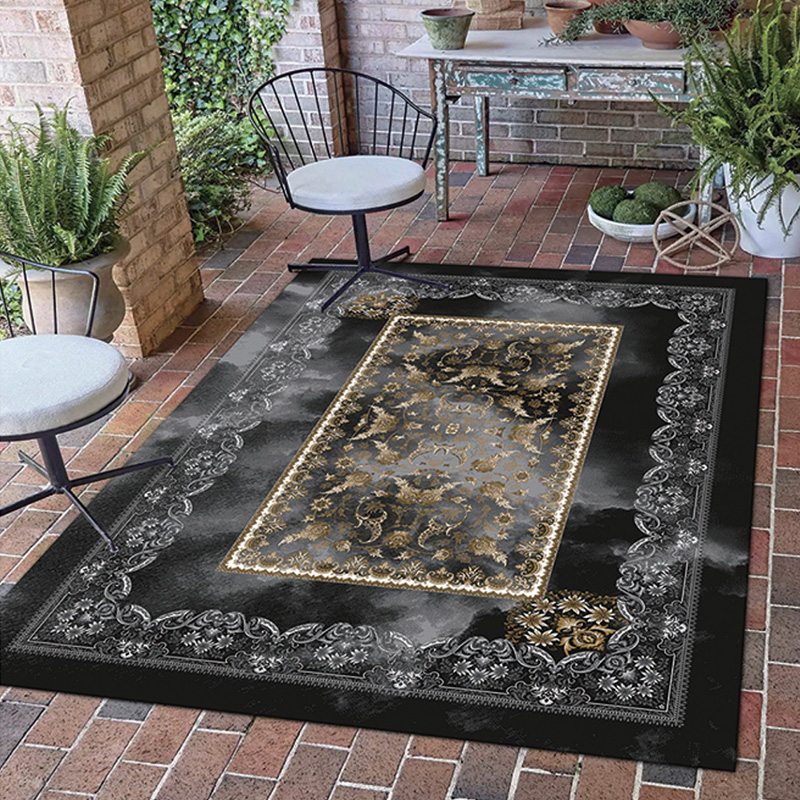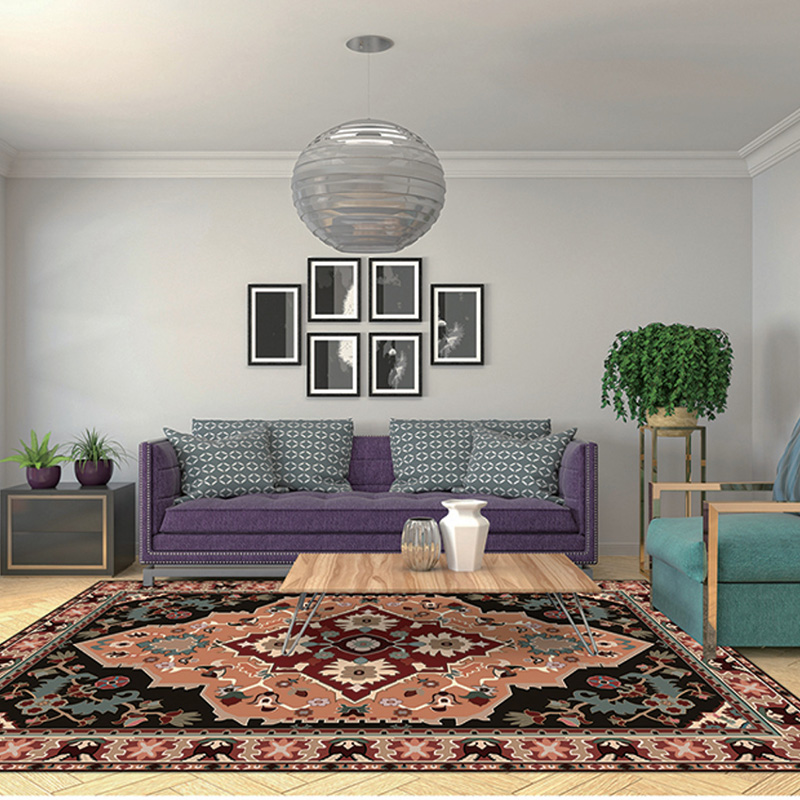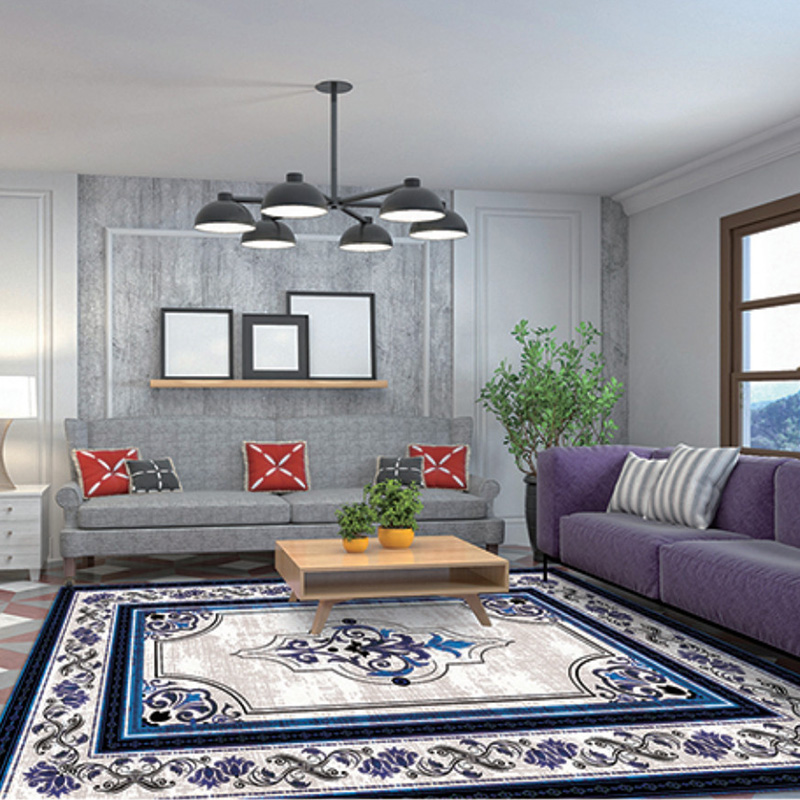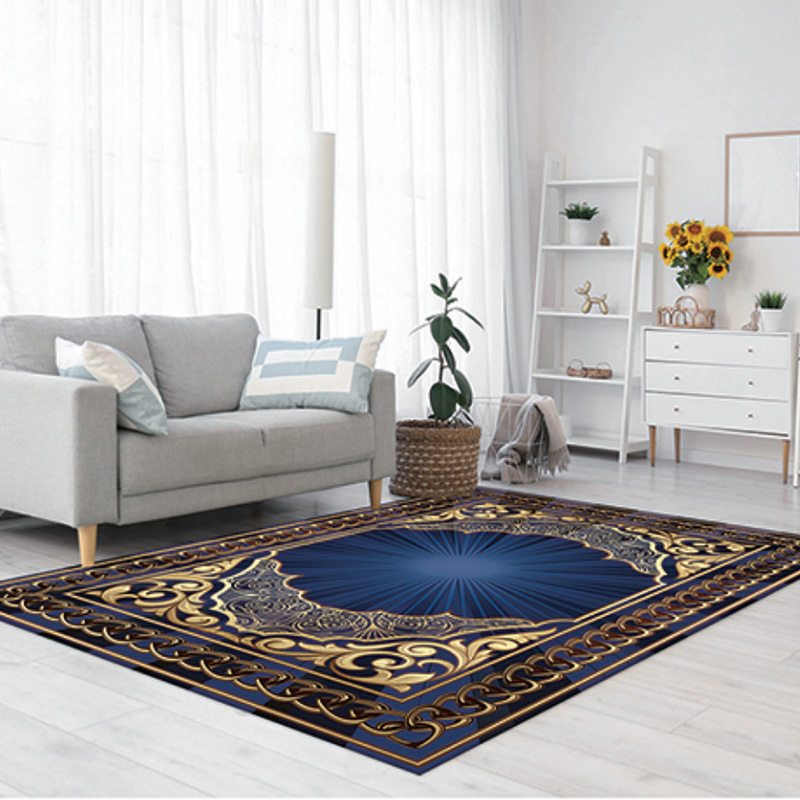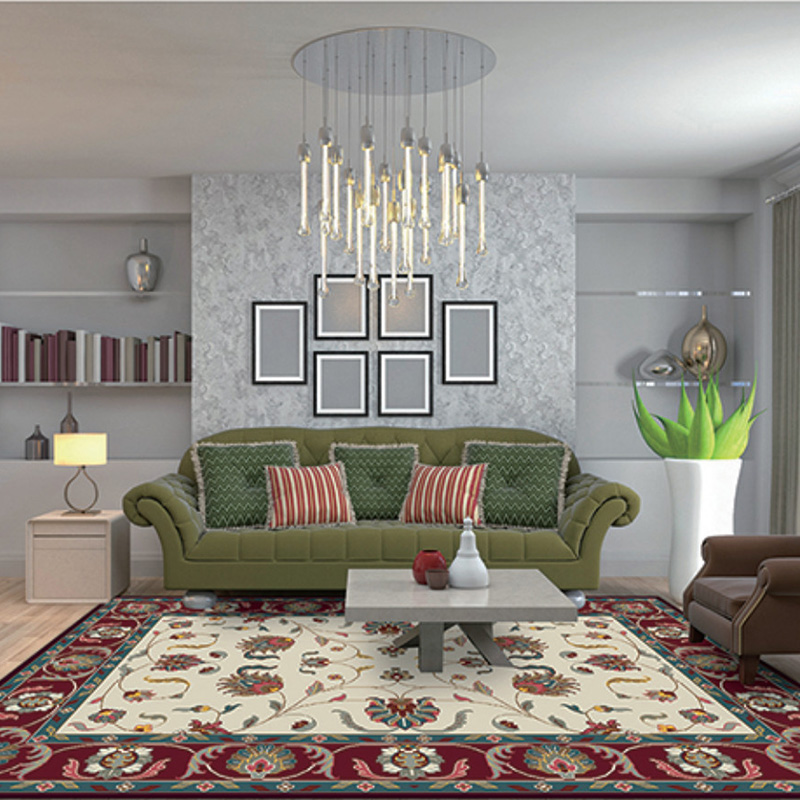In the ever-evolving world of home interiors, one age-old design element is making a powerful comeback—Oriental Area Rugs. Renowned for their intricate patterns, historical depth, and enduring craftsmanship, these traditional textiles are reclaiming their place in both classic and contemporary interiors. Designers, collectors, and homeowners alike are once again turning to Oriental rugs as foundational pieces that merge heritage with modern-day living.
With global demand rising and the intersection of culture and style becoming more prominent in home decor, the Oriental area rug market is experiencing a significant revival. This resurgence is breathing new life into artisan rug production while reshaping design narratives across residential and commercial spaces.
Timeless Craftsmanship in Modern Contexts
At the heart of the renewed interest in Oriental Area Rugs lies an appreciation for authenticity and craftsmanship. Each rug, often hand-knotted over months or even years, tells a story through detailed motifs, color symbolism, and cultural patterns passed down through generations.
Originating from countries like Iran, India, Turkey, and Pakistan, Oriental rugs are typically made of wool, silk, or cotton, using techniques that date back centuries. While their appeal has always been strong among collectors, modern interior designers are now integrating these rugs into minimalist and contemporary spaces—creating striking contrasts that blend old-world charm with sleek modernism.
“People want a connection to something meaningful,” says Rhea Anders, an interior designer based in New York. “Oriental area rugs add soul to a room. They’re not just a floor covering—they’re a conversation piece.”
Shifts in Consumer Preferences and Design Trends
The current design landscape is marked by a growing shift toward individuality and layered aesthetics. Rather than opting for uniform, mass-produced decor, consumers are investing in pieces that express identity and offer long-term value. Oriental Area Rugs cater to this desire for uniqueness, with no two handmade rugs being exactly alike.
In addition, the rise of eclectic, maximalist interiors—where mixing textures, colors, and global influences is encouraged—has created a fertile environment for Oriental rugs to thrive. From dining rooms to bedrooms, entryways to offices, designers are using these rugs to anchor furniture, define space in open-plan homes, and add a touch of history to otherwise modern environments.
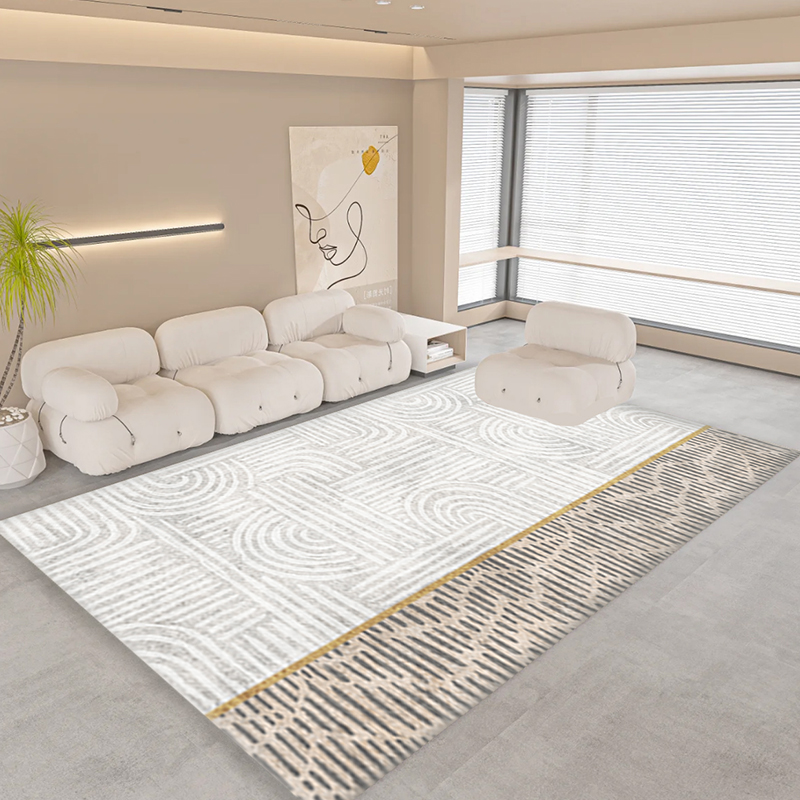
Interestingly, even smaller spaces like apartments are embracing Oriental rugs in compact formats, utilizing runners and 5x7-foot options to inject richness into limited square footage.
Sustainability and Ethical Sourcing at the Forefront
As consumers become more conscious of their environmental impact, Oriental Area Rugs have gained favor for their longevity and natural materials. Unlike synthetic rugs that degrade over time and end up in landfills, high-quality Oriental rugs are designed to last generations and often increase in value with age.
This durability is being celebrated as a sustainable home decor choice. Meanwhile, ethical sourcing is increasingly important to modern buyers. Transparent supply chains, fair trade certifications, and artisan cooperatives are now major selling points, especially for brands aiming to appeal to environmentally and socially responsible customers.
Rug vendors are responding by highlighting their relationships with weaving communities and showcasing behind-the-scenes glimpses into the creation process—bringing awareness to the human hands behind each work of art.
Digital Marketplaces and E-Commerce Growth
The digital revolution has played a critical role in propelling the popularity of Oriental Area Rugs. Online platforms such as Etsy, Chairish, and 1stDibs offer a wide range of vintage and new Oriental rugs, often with detailed provenance and close-up photography that allows customers to inspect knot density, dye vibrancy, and condition.
Augmented reality (AR) tools are also improving customer confidence by enabling shoppers to virtually place a rug in their home before making a purchase. Additionally, many online retailers now offer restoration and cleaning services, assuring customers that their investment will stand the test of time.
As a result, what was once an intimidating, specialist market is now more accessible and transparent for design enthusiasts of all levels.
Expanding Presence in Commercial and Hospitality Design
Beyond residential interiors, Oriental Area Rugs are making a comeback in upscale commercial environments. High-end hotels, boutique offices, luxury retail spaces, and event venues are incorporating Oriental rugs to elevate ambiance, evoke cultural sophistication, and add acoustic warmth.

 英语
英语 阿拉伯语
阿拉伯语 德语
德语
